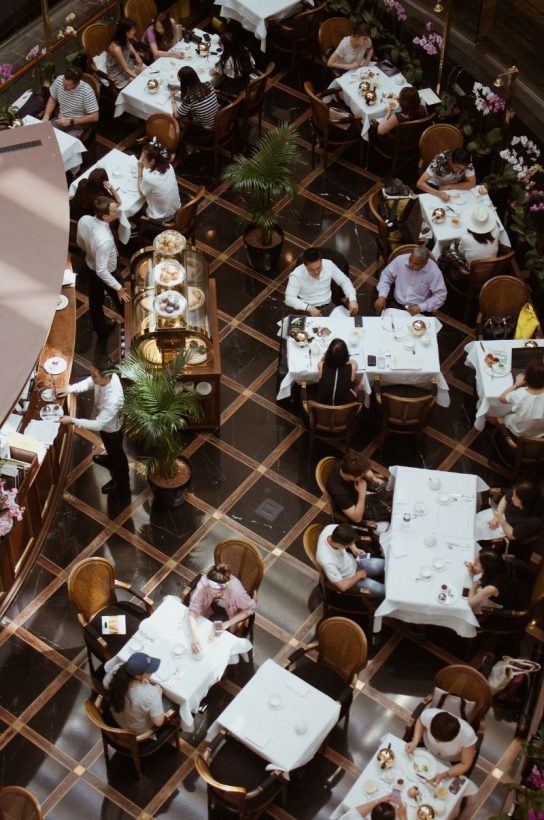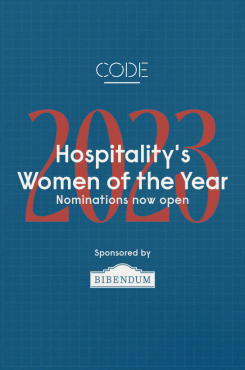The hospitality industry has continued to push forward through testing times, despite having to contend with new restrictions and rule changes each week. In his most recent announcement, Prime Minister Boris Johnson laid out a three-tier system of coronavirus restrictions for England. Here’s pawhat it means for hospitality.
Under the tiered system, areas will be categorised as either medium, high or very high risk (with nowhere yet qualifying for low risk status), depending on the number of cases per 100,000 people.
Under tier 1 (medium risk), no restaurants, bars or pubs will be required to close, but businesses will of course have to abide by the 10pm curfew. The rule of six also applies, but households are still allowed to meet indoors.
There’s just one difference when areas are placed under tier 2 (high risk) restrictions: households will be banned from meeting indoors, including in a restaurant or pub setting.
Finally, in tier 3 (very high risk), pubs and bars will be required to close, with the exception of “food-based” pubs which will be allowed to remain open alongside restaurants. As such, pubs and restaurants may only service alcohol when a customer purchases a meal. The 10pm curfew of course still applies under this tier, as does the ban on households meeting inside. Currently only Liverpool has been placed under these restrictions.
Only businesses forced to close their doors (pubs/bars) will be eligible for Rishi Sunak’s ‘bridge’ furlough scheme, which sees the government pay two-thirds of workers wages – a clear exclusion of restaurants.
The announcement comes as calls for a minister acting as an official representative for hospitality get louder. To sign the petition urging the government to appoint a Minister for Hospitality, click here.
We will continue to update our website with new developments as they happen. To stay up to date, subscribe to the CODE Bulletin here



